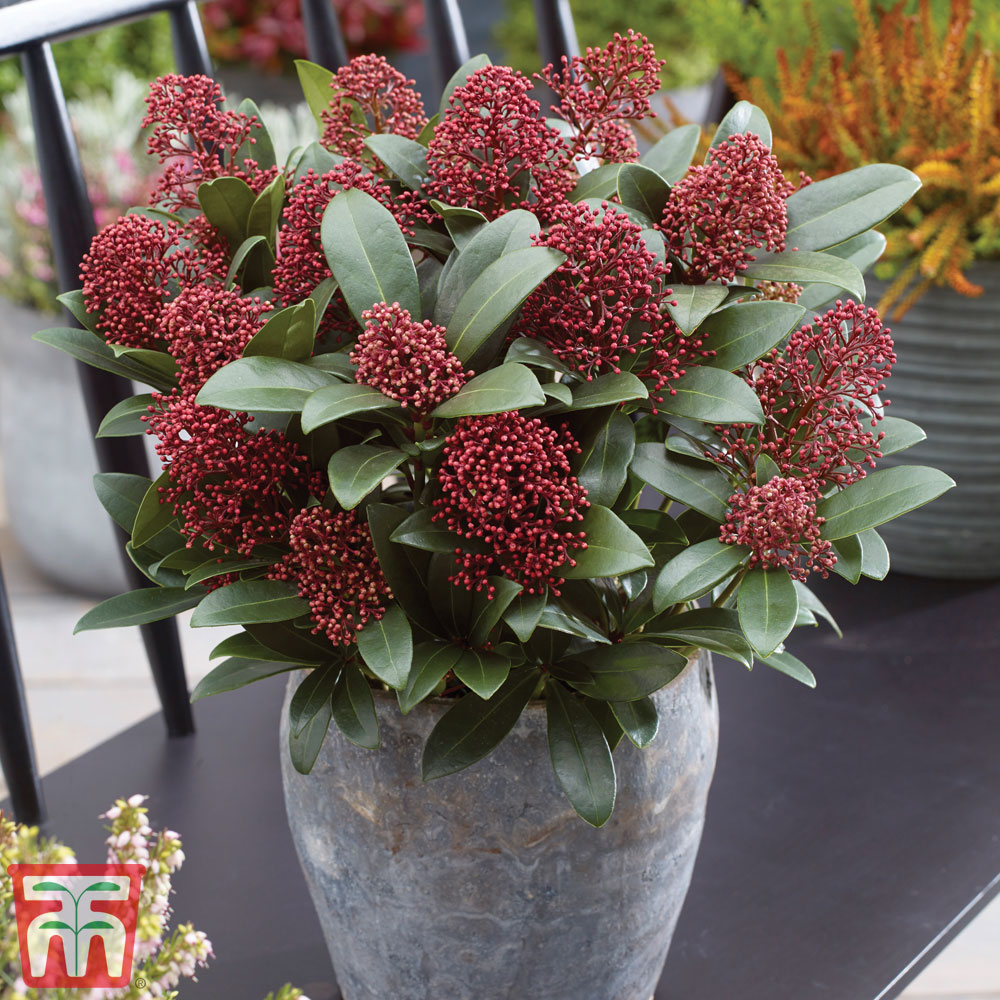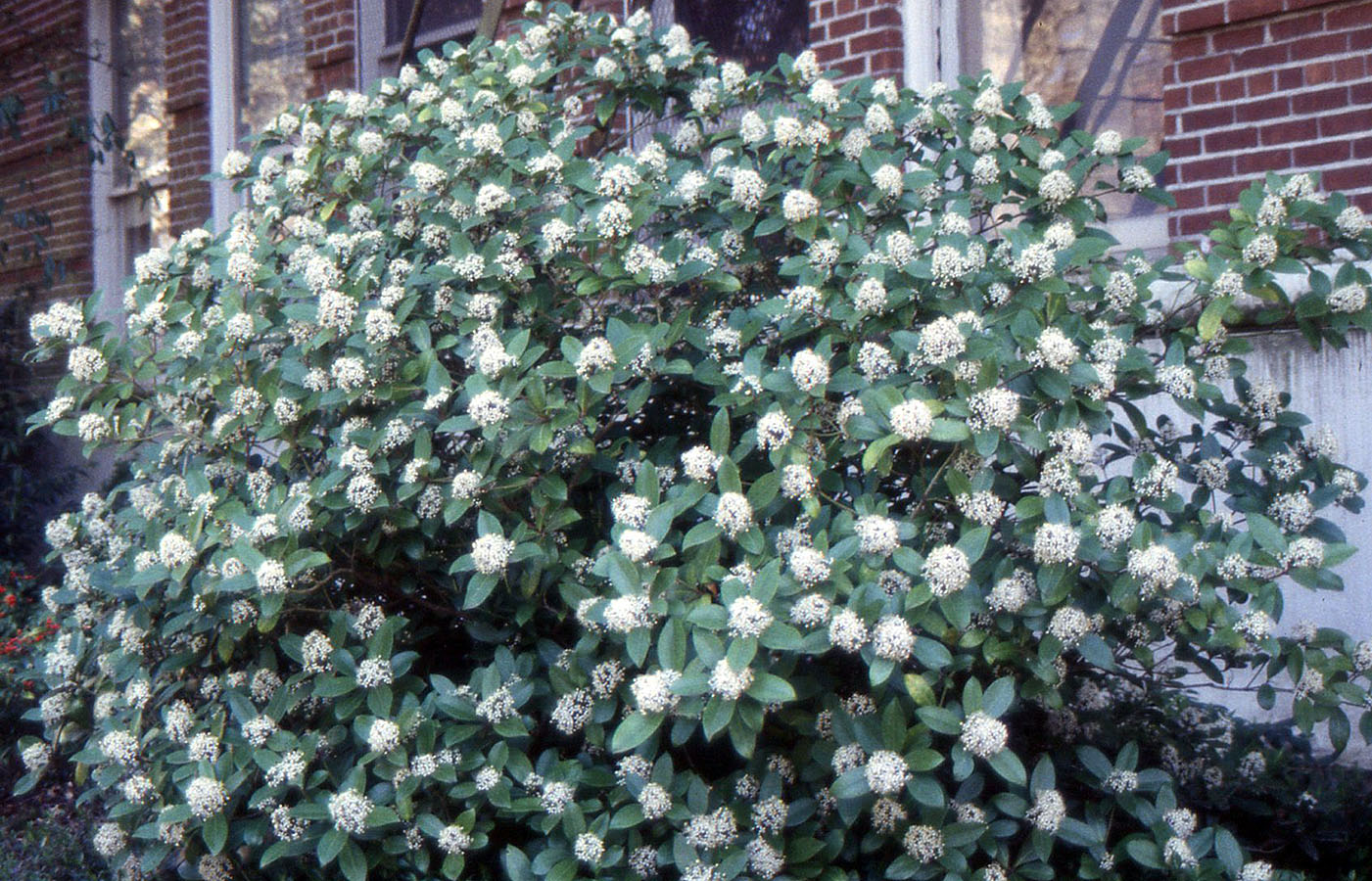Skimmia is a genus of evergreen shrubs in the Rutaceae family, native to East Asia. They are prized for their ornamental value, particularly their fragrant flowers and colorful berries. Skimmia plants are relatively low-maintenance and can be grown in a variety of climates.
Characteristics:
Evergreen: Skimmia plants retain their leaves year-round, providing a constant source of greenery in your garden.
Popular Skimmia Varieties:
There are many different Skimmia varieties available, each with its own unique characteristics. Some of the most popular varieties include:
:strip_icc()/How-to-Plant-and-Grow-Japanese-Skimmia-1142447165-bad04cf90325469aba1656a828df4d5c.jpg)
Skimmia japonica: This is the most common Skimmia species. It is a hardy shrub with glossy green leaves and fragrant white flowers.
Planting and Care:
Skimmia plants are relatively easy to care for, but they do have a few specific requirements. Here are some tips for planting and caring for Skimmia:
Planting: Skimmia plants prefer well-drained soil in a sunny or partially shaded location. They can be planted in spring or fall.
Uses in the Garden:

Skimmia plants can be used in a variety of ways in the garden. They are popular choices for hedges, borders, and foundation plantings. They can also be grown in containers or as specimen plants.
Skimmia plants are a versatile and attractive addition to any garden. Their fragrant flowers, colorful berries, and evergreen foliage make them a popular choice for gardeners of all levels of experience.






:max_bytes(150000):strip_icc()/how-to-grow-and-care-for-lemon-verbena-4690675-hero-b68eb790170741e1a05d9e366a20b47c.jpg?w=200&resize=200,112&ssl=1)